Cat Food Treats
Cats are also known as picky eaters, and sometimes, a simple treat can go a long way in showing your feline friend some love. Cat treats are a popular way to reward your cat's good behaviour, bond with them, and provide a tasty snack. In this comprehensive guide, we'll explore the world of cat treats, from understanding their benefits to selecting the best options for your furry companion.
Understanding Cat Treats
Cat treats are specially formulated snacks designed to complement your cat's regular diet. They come in various flavors, textures, and sizes, catering to different preferences and dietary needs. While they should not be a primary source of nutrition, cat treats can offer a delightful and rewarding experience for your feline friend.
Types of Cat Treats
There are numerous types of cat treats available, each with its unique characteristics:
- Meaty Treats: These treats are soft and chewy, making them easy for cats to consume. They often come in a variety of flavors and types such as Trixie chicken cubes, tuna sandwiches.
- Creamy Treats: These offer a soft and flavorful experience for cats. Lickable treats, pastes, and pate-style treats are popular options. They often contain ingredients like fish, meat, tuna, and salmon. Brands like Sheba, Temptations, Trixie, and Inaba are well-known choices.
- Crunchy Treats: These offer a satisfying crunch and can also contribute to dental health. They often come in the form of biscuits, crunchies which are crunchy on the outside and soft creamy on the inside.
Criteria for Selecting the Best Cat Treats
When choosing cat treats, consider the following factors:
- Quality Ingredients: Look for treats made with high-quality, natural ingredients and avoid those containing artificial additives or preservatives.
- Nutritional Value: While treats should not be a primary source of nutrition, they should still provide some essential nutrients.
- Your Cat's Preferences: Observe your cat's preferences and adjust the treats accordingly. Some cats may prefer creamy treats, while others may enjoy crunchy treats.
- Dietary Restrictions: If your cat has any dietary restrictions or allergies, choose treats that are suitable for their needs.
Top Cat Treat Brands
The market is filled with numerous reputable cat treat brands. Some popular options include:
Note: It's always recommended to consult with Zigly vets to determine the most suitable cat treats for your specific cat's needs.
Feeding Guidelines and Tips
- Treat Frequency: Treats should be given as a reward or occasional snack, not as a primary source of nutrition. Limit treats to a few per day.
- Portion Size: Follow the serving size recommendations on the treat packaging. Overfeeding can lead to weight gain.
- Dental Health: Some treats, such as hard biscuits, can help clean your cat's teeth. However, regular dental care is still essential.
- Storage: Store treats in a cool, dry place to maintain their freshness and prevent spoilage.
Conclusion
Cat treats can be a delightful addition to your cat's diet, providing a tasty reward and strengthening your bond with your furry friend. By selecting high-quality treats and following the recommended feeding guidelines, you can ensure that your cat enjoys a safe and enjoyable treat experience.
FAQs
1. What are cat treats, and why are they beneficial for my cat?
Cat treats are specially formulated snacks that can provide a tasty reward, strengthen your bond with your cat, and offer additional nutrients.
2. Are there any specific ingredients I should look for or avoid when choosing cat treats?
Look for treats made with high-quality, natural ingredients and avoid those containing artificial additives or preservatives.
3. How often should I give my cat treats, and what is the recommended serving size?
Treats should be given as a reward or occasional snack. Limit treats to a few per day and follow the serving size recommendations on the packaging.
4. Can I use cat treats for training purposes, and if so, which types are best suited for training?
Yes, cat treats can be a valuable tool for training. Small, soft treats are often best suited for training purposes.\
5. What should I do if my cat has dietary restrictions or food sensitivities?
Choose treats that are specifically formulated for cats with dietary restrictions or sensitivities. Consult with Zigly veterinarian for recommendations.
6. How do I store cat treats to ensure they remain fresh and tasty for my cat?
Store treats in a cool, dry place to maintain their freshness and prevent spoilage.
7. Are there any potential risks associated with feeding my cat treats, and how can I minimize these risks?
Overfeeding can lead to weight gain and other health problems. limit treats to a few per day and ensure they are not a primary source of nutrition.






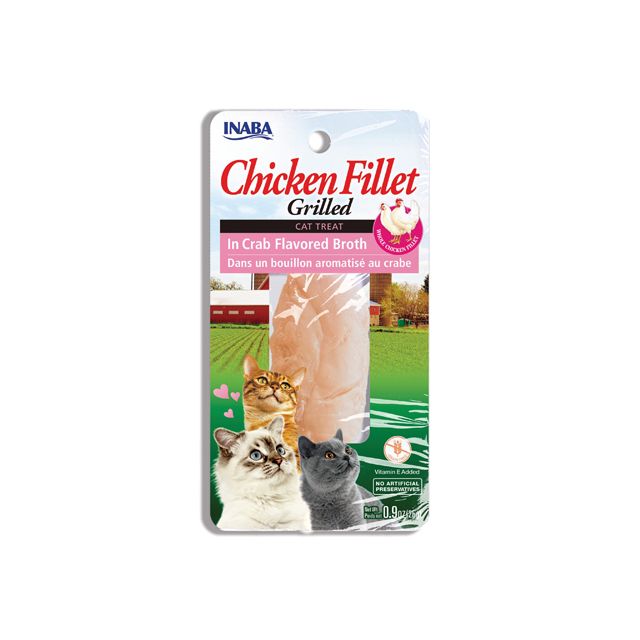
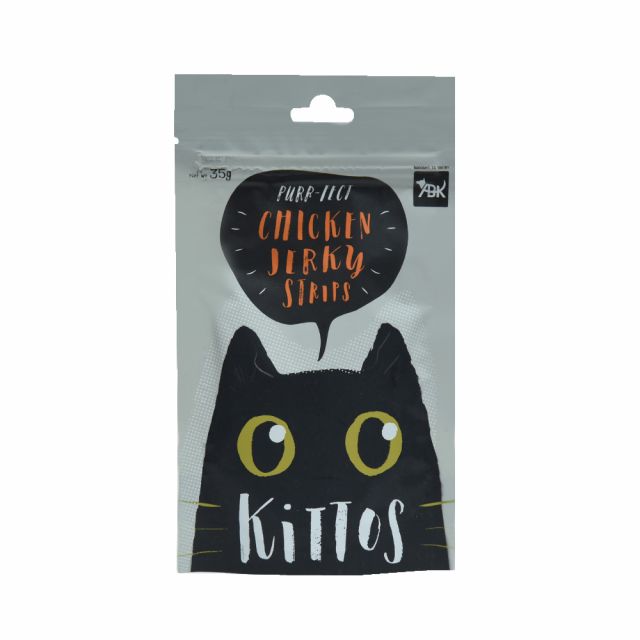
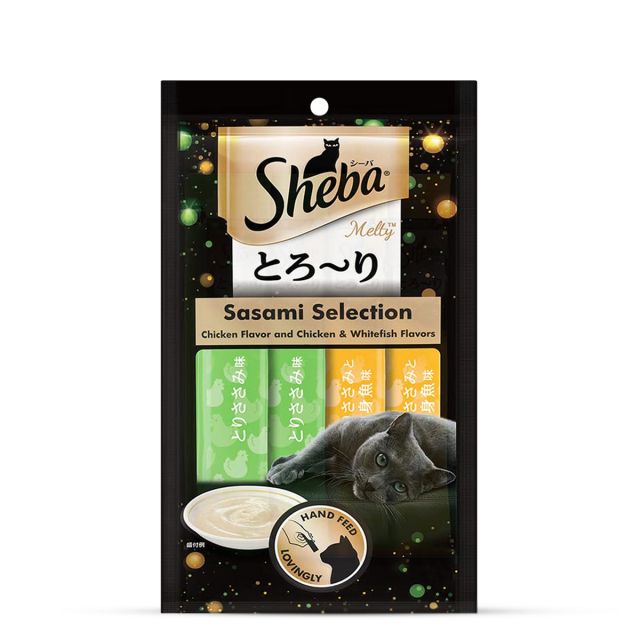

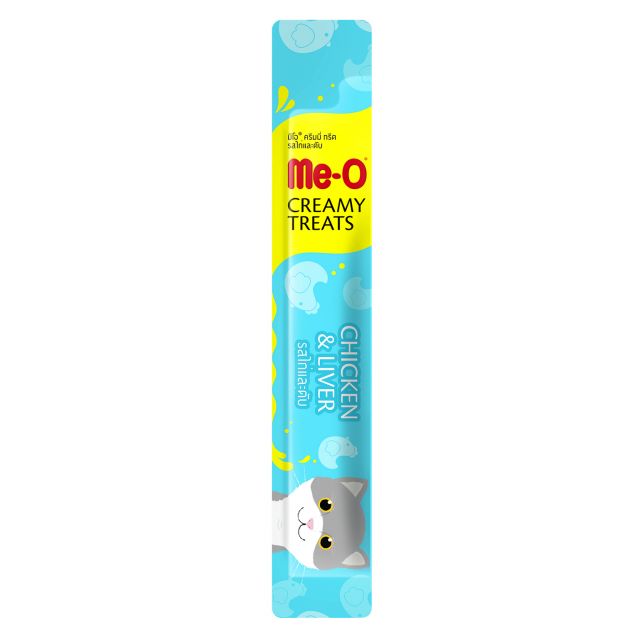
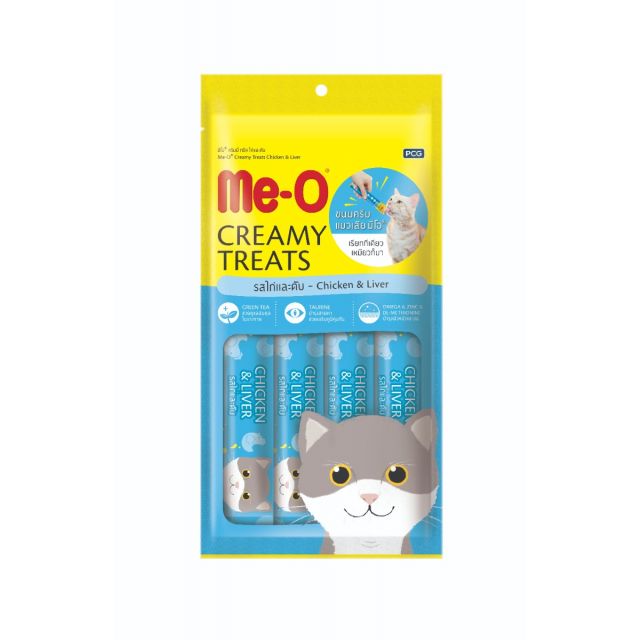

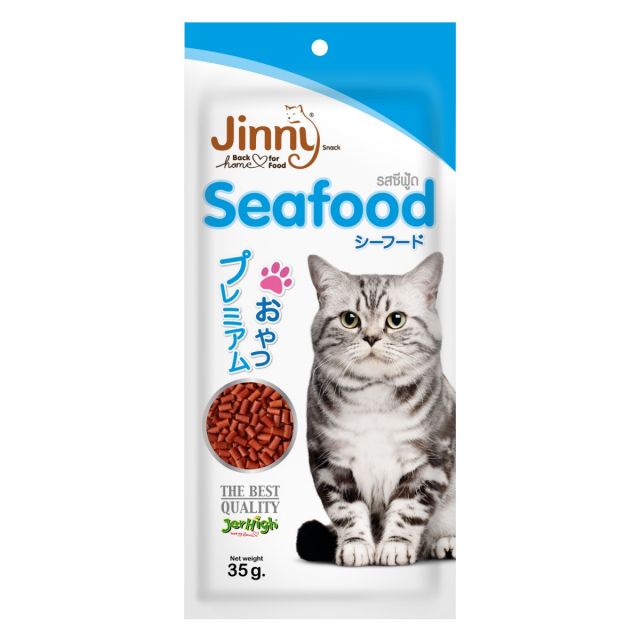
The information below is required for social login
Create New Account